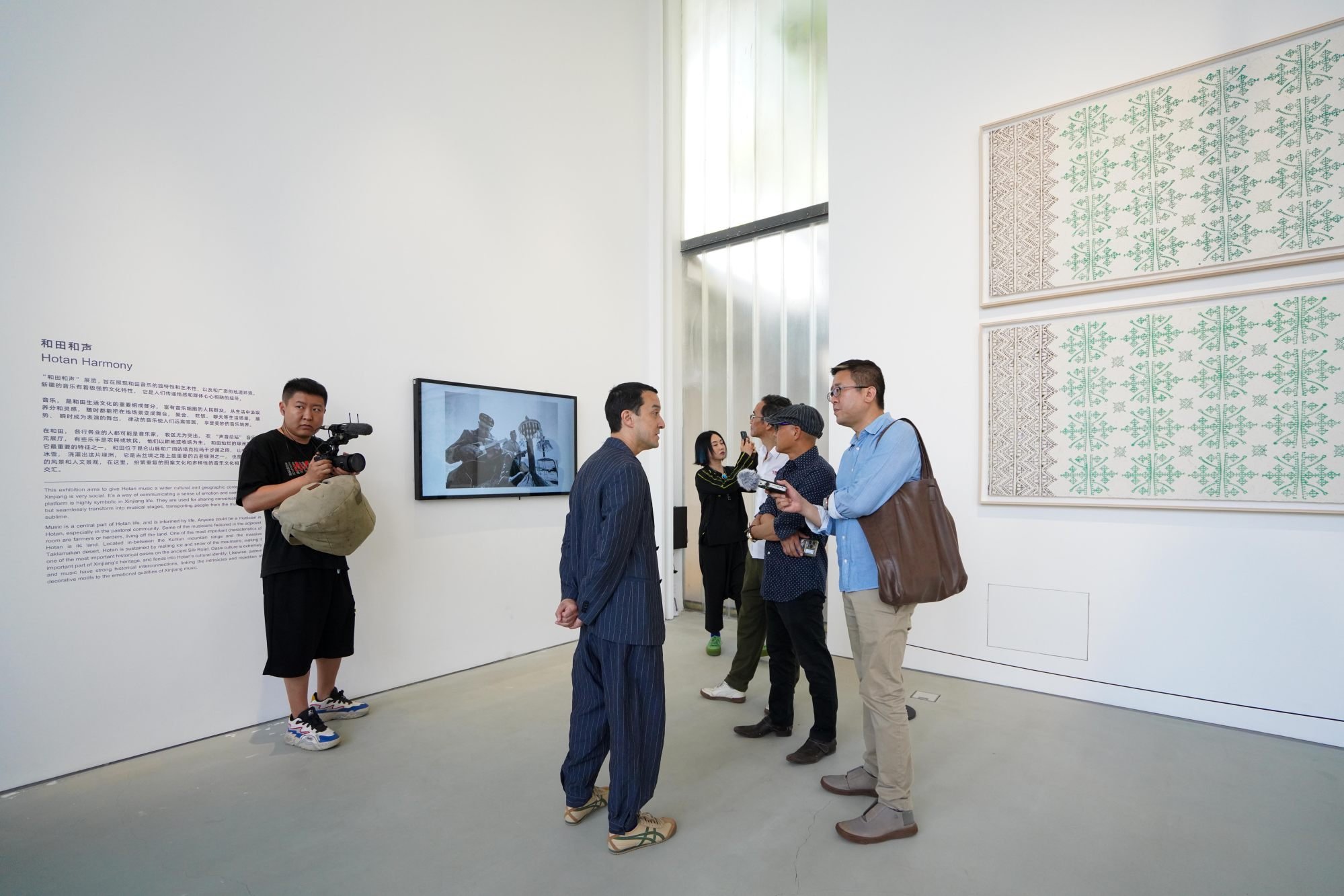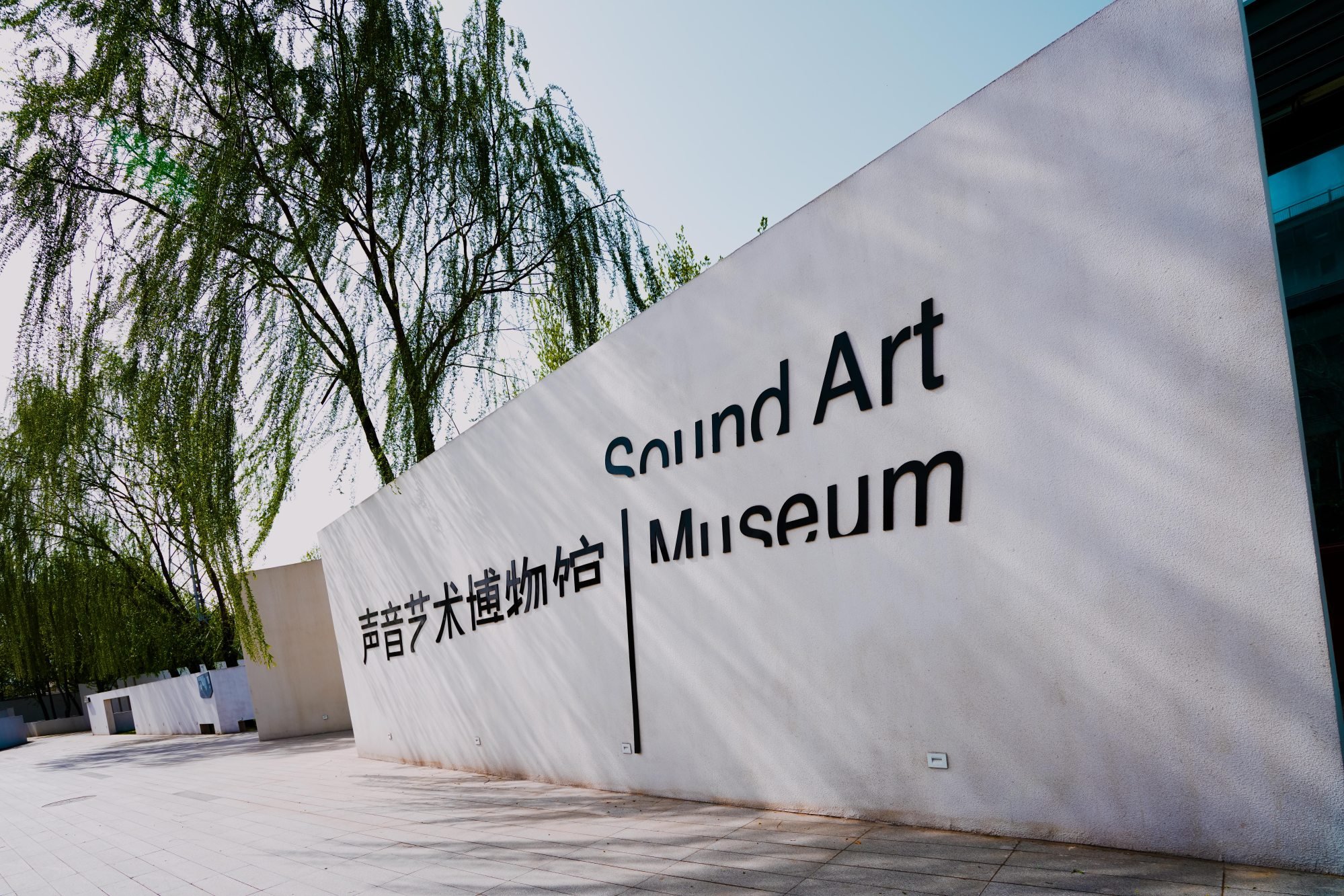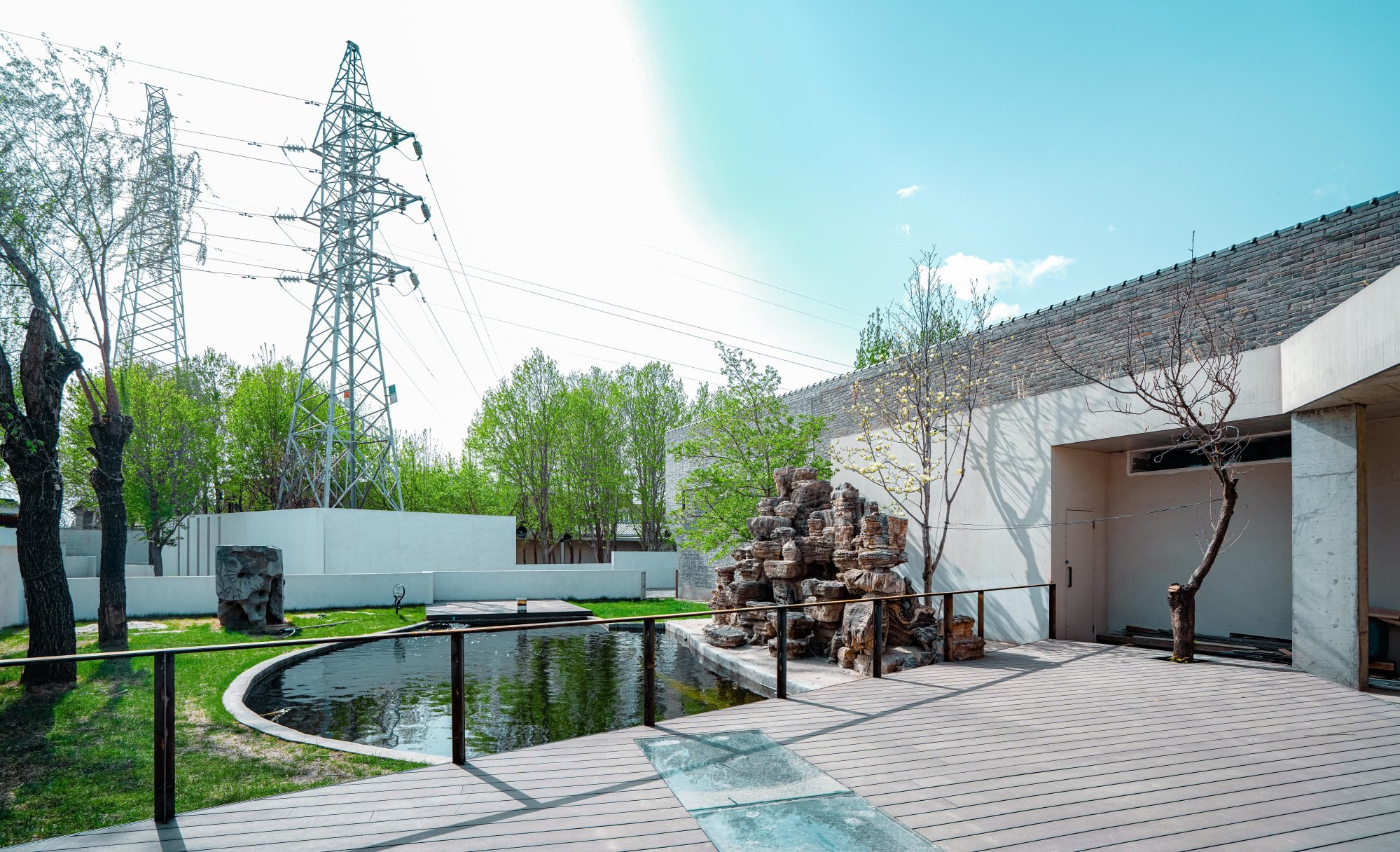
Could this become one of China’s best museums? Sound Art Museum in Beijing gets off to a flying start with high-calibre exhibitions
- Visitors to the Sound Art Museum first encounter an exhibition that indexes historic Beijing sounds including street vendors, songbirds and fighting crickets
- The different exhibitions are deeply researched but accessibly presented, with some adding visuals and vibrations to the mix
Though Beijing’s new Sound Art Museum is located in the suburban artist village of Songzhuang, the sounds of the city’s downtown hutongs fill the sprawling complex, which opened on May 19.
Visitors first encounter a permanent exhibition titled “The Sound of Old Beijing”, which indexes historic sounds including street vendors, songbirds and fighting crickets.
In another section, visitors are asked to provide recordings of their favourite sounds of the city, since the team behind this unusual museum are aware of how rapidly things can go from ubiquitous to extinct in the fast-changing country.
“The sound of pigeons wearing elaborate whistles while flying in the sky is totally unique to Beijing, and a sound which is fast disappearing,” says the museum’s co-founder, Colin Siyuan Chinnery, an artist, curator and musician long active in China’s alternative arts scene.
“We will have a pigeon coop on the roof starting this autumn, and every day visitors can experience the amazing sound of pigeon whistles up close, while viewing vistas of the surrounding area.”

The Sound Art Museum “could be anywhere in the world, but Beijing is my home”, says Chinnery, who has largely lived in the city since childhood.
“A sound museum is a way to experience familiar subject matter from a different perspective, which our visitors have found to be surprising or even inspiring,” he says.
“There are so many amazing people working with sound in different professions, such as art, music, anthropology, musicology, linguistics, sociology, medicine and scientific fields – and we want to create a platform that can bring these disciplines together through exhibitions, events and research.”
‘Like a never-falling Jenga block’: landmark Chinese art museum’s new life
The different exhibitions are deeply researched but accessible, with some adding visuals and vibrations to the mix. They strike the elusive balance of being experiential but not condescending.
Sensitivity to multisensory presentation informs a permanent exhibition on the science of sound, informative to kids but also enticing for adults.
The museum’s thoughtful multimedia melding of intelligence and enchantment, of research and whimsy, of art and science gives it the foundation to become one of the best museums in China, if it maintains the calibre of its early exhibitions.

Born in Edinburgh in 1971, Chinnery first visited Beijing in 1975 before moving there in 1979. He enrolled in the Shichahai Sports School, developing kung fu skills that landed him a role in Jet Li’s 1984 film Kids from Shaolin.
After high school in the UK he returned to Beijing in 1991 on a study programme, during which he got involved in the capital’s nascent cultural scene, making a documentary film and in 1992 co-founding experimental rock band Xue Wei.
After graduating from the School of Oriental and African Studies in London, Chinnery settled in Beijing permanently from 2002. He worked as a curator and deputy director at UCCA in its early years from 2006 to 2008, and ran the now-defunct Shanghai art fair ShContemporary in 2009 and 2010.

In 2013, he turned the home of his grandmother, writer and artist Ling Shuhua, into the Shijia Hutong Museum, and four years later opened a small sound museum there.
In 2020, the artist couple Lin Tianmiao and Wang Gongxin introduced Chinnery to Hong Feng, a former local cultural official who had helped build Songzhuang into a famed artist community before starting a foundation supporting projects like the Songzhuang Art Festival and an art critics forum. The two would go on to co-found the Sound Art Museum together.
The duo secured an 8,200 square metre (88,000 square foot) site and tapped James Wei Ke of the studio Chiasmus to lead the design of the main facility. Along with the exhibition area, the 6,400 square metres of indoor space includes a garden-flanked restaurant, a bar with a stage for live music, and an artist residency centre.

The site also includes the stand-alone Tongxian Gatehouse, designed in 2003 by Mónica Ponce de Léon and Nader Tehrani. Slated to become the museum’s archive, it currently holds a solo exhibition of Chinnery’s sound work.
Other initial exhibitions include “Heaven on Earth” (until August 20), installation works by artists including Ma Qiusha and Polit-Sheer-Form, and “Hotan Harmony”, which documents lost languages and disappearing sounds from China’s Xinjiang autonomous region.
Chinnery hopes that the sound archive will become a resource for diverse, multidisciplinary researchers.
“It’s a site for cross-pollination – foremost for research, but also to generate new project ideas. The archive functions as the heart of our institution, pumping new content and ideas into other parts of the museum.”

Compared to visual, video and even performance art, sound art remains an underserved medium in China.
To remedy that, influential works are presented in Sound Art Museum’s “Feedback – Sound in Chinese Contemporary Art (1989-2023)”. The exhibition includes Shi Yong’s Address Site: A Private Space with Full Echo, which fully recreates the artist’s humble 1995 apartment wired throughout with Orwellian recording devices that rebroadcast the captured sounds evenly through the space.
In Ocean Wave (2016), Yin Yi positions 25 electrical fans so that their blasts completely cancel each other out.
The exhibition puts two works in dialogue in each hall, with plans to recombine them over the course of the exhibition (until November 19).

The exhibition is intended to “research on what the role of sound has been in Chinese contemporary art, and use that research to work on themes and strands of ideas on future projects involving both Chinese and international artists”, Chinnery says.
“Sound is not a thing in itself, it’s a medium that can activate or be activated by ideas from all kinds of perspectives. It’s a wide-open field, which is incredibly exciting.”
Sound Art Museum is located at No. 518, Luyuan North Street, Tongzhou District, Beijing, PRC.

